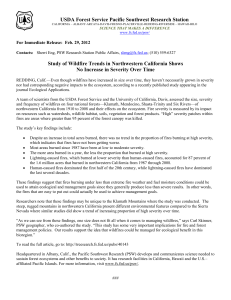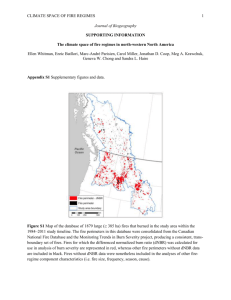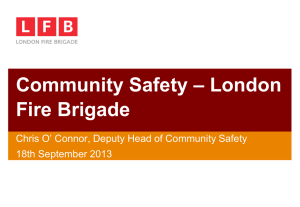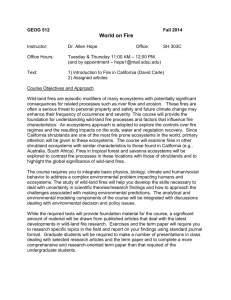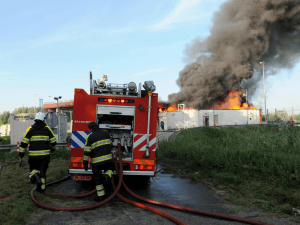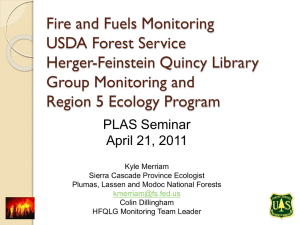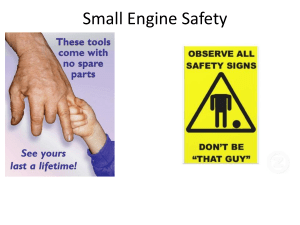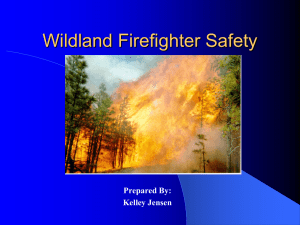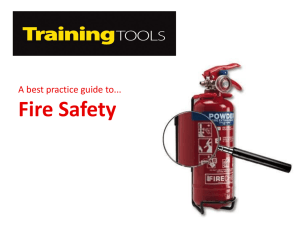Fire Regimes
advertisement
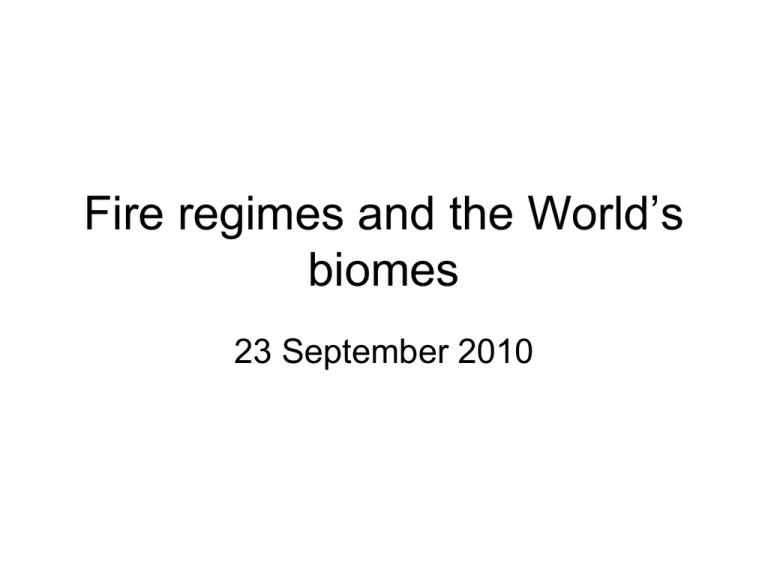
Fire regimes and the World’s biomes 23 September 2010 What is a fire regime? • Characterization of the features of the historic (“natural”) fires for a particular ecosystem or ecoregion. Fire Regime Components: Examples…? • • • • • • Extent (size) Frequency Seasonality Duration Intensity Severity Magnitude Extent • Range of burned area • Can influence seed dispersal from neighboring systems. • Barriers to spread? Fire Frequency – Data sources • Dendrochronology (tree scars from non-lethal fires, cross-dating) • Paleoecology (charcoal in lake & soil sediments; wounds on tree boles) • Data bases: reports, aerial photos, maps, atlases, satellite images, remote sensing Fire frequency: Fire return interval • The number of fire events at a point or within a specific area. • Short fire return intervals – < 25 years • Intermediate fire return intervals – 25-100 years • Long fire return intervals – >100 years Seasonality • How likely fire might occur during each time of year • Affects plant survival and flowering Duration • The length of time a fire burns within a particular area • For example… – Fast-moving prairie fires – Slow moving ground fires • Important effect on intensity and severity… Intensity Direction of spread Burned Area One Foot Flame depth Severity • Effect of fire on the ecosystem • Some measures of severity… – – – – – – % of organic biomass consumed by fire % soil organic matter consumed Mortality of plants and animals Depth of heat penetration into the soil Change in color of ash and soil Description of fire behavior (surface, ground, crown) • Most common measure of severity – Mortality in overstory vegetation Fire classification: severity and frequency (return interval) • Short fire return intervals (<20 years) – Low-severity surface fires are common . – Fire tolerant herbaceous species or shrubs dominate. – Species composition often similar. • Intermediate fire return intervals (20-75 years) – Fuel buildup and continuous in distribution – Moderate-severity fires (patchy crown fires) or some high-severity fires – Greater changes in plant composition • Long fire return intervals (>100 years) – Very high fuel loads possible – High-severity fire commonly occur (stand-replacing crown fires) – Postfire & prefire vegetation can be very different • Mixed-severity fires – Combination of frequent low-severity & infrequent high severity fires How do historical (pre-settlement) and modern (current) fire regimes differ – and why? • In ecosystems with high frequency, low intensity fire regimes (e.g., dry forests, grasslands, woodlands, savannas), significant changes due to: – Land use change (agriculture, urban) – Fire suppression and fuel accumulation – Change in vegetation type and structure • Forests with low frequency, high severity standreplacing fire regimes: – Much less change from historical fire regimes – Why? Fire Regime Exercise • Brief description of several major ecosystems in the world • TTYP: describe the fire regime for each ecosystem Northern boreal forests • Boreal forests and tundra • Long winters, short summers • Lots of biomass Mediterranean shrublands • Generally shrublands, also trees and grass • Wet, mild winters / hot, dry summers • Fire adapted biota Tropical rainforests • High biomass • Ever-wet with occasional droughts Tropical savannas (Africa) • Cyclic wet/ dry periods • Grazing x fire interactions • Shifting grasslands – savannas – forests Brazilian cerrado • Fire-adapted grasses & shrubs • Dry winters • Summer rains Ponderosa pine – Douglas fir • Mountains in the West/Southwest • Dry summers, but also cooler and moister at high elevations • Without fire, D-fir establishes in understory of Ponderosa pine

